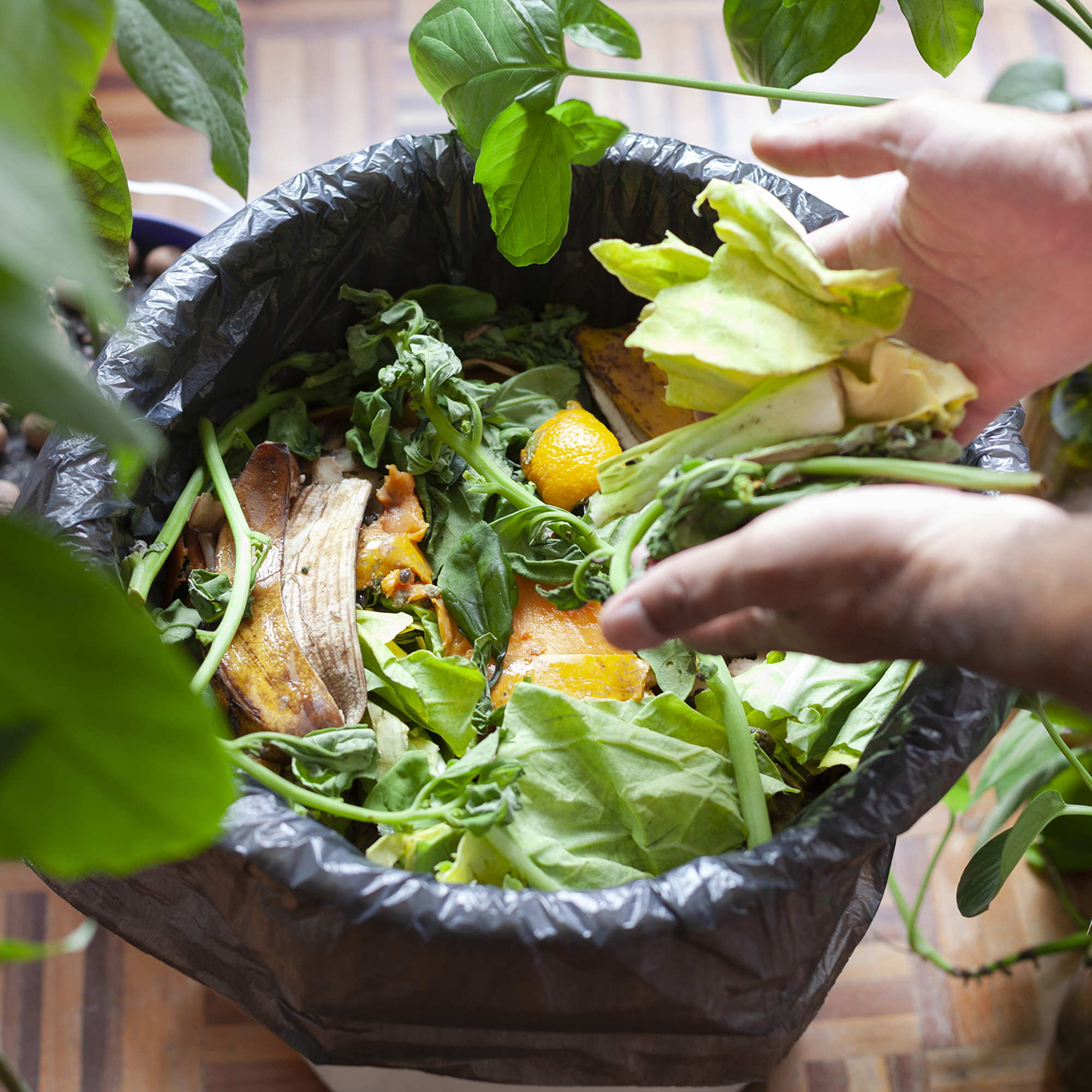Types Of Trees With Purple Leaves


If you've grown ornamental trees in the past with a view to their flowers, you aren’t alone. The blossoms provide a short but beautiful show. However, many gardeners these days are opting for rich foliage in unusual shades rather than pretty flowers. Purple leaf trees, for example, add a pow to a landscape all season long. If you are considering planting a tree with purple foliage, read on for a few of our favorites.
Why Plant Purple Trees?
Trees with bright foliage in colors other than green add interest and complexity to a landscape. Purple foliage trees are popular and provide a lovely contrast to smaller trees or shrubs with lighter or variegated leaves.
The interest in different types of purple trees has helped to increase the choices available in commerce. Today you will be able to select small, medium, or tall trees in a wide range of shades of purple, from lavender to almost black.
A Small Tree with Purple Leaves
When it comes to small, purple leafed trees, one species stands out. That is the Japanese maple (Acer palmatum), a showy little maple tree species with lacy, deeply lobed leaves. With hundreds of cultivars on the market, more than a few offer purple leaves all season long, like 'Bloodgood.' It grows slowly to between 15 and 25 feet (5-8 m.) tall. For a smaller purple Japanese maple, 'Crimson Queen' tops out at about 8 feet (2 m.).
Another excellent choice is the 'Forest Pansy' cultivar of redbud (Cercis canadensis 'Forest Pansy'). The pink spring blossoms appear on bare branches. When the leaves emerge, they are a lovely shade of royal purple. The foliage hue shifts to dark, green-purple by fall.
The 'Royal Purple' smoke tree (Cotinus coggygria 'Royal Purple') also offers bright purple leaves, and it has the additional attraction of unusual, feathery flower clusters, also in shades of purple. It grows to 15 feet (5 m.) tall.
Larger Purple-Leaf Trees
'Crimson King' Norway maple (Acer platanoides 'Crimson King') is a popular and well-known tree with purple-crimson leaves that retain this rich color through the summer. This purple tree can grow to 40 feet (12 m.) tall and shrugs off poor soil and city pollution.
Gardening tips, videos, info and more delivered right to your inbox!
Sign up for the Gardening Know How newsletter today and receive a free copy of our e-book "How to Grow Delicious Tomatoes".
A second good option is a purple leafed European beech tree (Fagus sylvatica cultivars). These are slow-growing beeches and make excellent specimen trees.

Teo Spengler is a master gardener and a docent at the San Francisco Botanical Garden, where she hosts public tours. She has studied horticulture and written about nature, trees, plants, and gardening for more than two decades. Her extended family includes some 30 houseplants and hundreds of outdoor plants, including 250 trees, which are her main passion. Spengler currently splits her life between San Francisco and the French Basque Country, though she was raised in Alaska, giving her experience of gardening in a range of climates.
-
 4 Superfast Composting Methods: Turn Waste Into Garden Gold In 30 Days Or Less
4 Superfast Composting Methods: Turn Waste Into Garden Gold In 30 Days Or LessTry the fastest composting methods to turbocharge your pile and transform kitchen scraps and garden waste into finished compost in just a few weeks.
By Mary Ellen Ellis
-
 Best Spider Plant Soil – Complete Soil Guide And Expert Tips For Keeping Plants Happy
Best Spider Plant Soil – Complete Soil Guide And Expert Tips For Keeping Plants HappySpider plants are fun and easy plants to grow, but what is the best soil for a spider plant? Selecting the right soil is important so they can thrive.
By Bonnie L. Grant
-
 Best Trees For Carbon Sequestration And Climate Change
Best Trees For Carbon Sequestration And Climate ChangeLet’s keep planting trees. They are our best bet for capturing carbon and may help with our global warming issues.
By Teo Spengler
-
 7 Invasive Trees You Should Never Plant In Your Yard Or Garden
7 Invasive Trees You Should Never Plant In Your Yard Or GardenWhat are some invasive trees you should never plant in your yard? Click here to find out.
By Teo Spengler
-
 How Close Can You Plant A Tree To A Stump?
How Close Can You Plant A Tree To A Stump?Looking to plant new trees near old stumps or where stumps have been removed? Click here to learn how.
By Teo Spengler
-
 Messiest Trees That Drop Debris Everywhere
Messiest Trees That Drop Debris EverywhereWant to know which trees will create the biggest messes in your home landscape? Click here to find out.
By Amy Grant
-
 How To Get Rid Of Tree Sprouts In The Yard From Nearby Trees
How To Get Rid Of Tree Sprouts In The Yard From Nearby TreesLearn the simple way to keep pesky tree seedlings in your lawn from becoming saplings.
By Teo Spengler
-
 How To Tell How Old A Tree Is
How To Tell How Old A Tree IsEver wondered how to calculate the age of a tree? Click here to learn all about it.
By Teo Spengler
-
 When To Remove Tree Stakes From Saplings
When To Remove Tree Stakes From SaplingsA newly planted tree may grow strong when it’s staked, but don’t forget to remove the stakes when it’s stable.
By Teo Spengler
-
 Inosculation And Trees Growing Together
Inosculation And Trees Growing TogetherIf you ever see two trees that have bonded and grown together, read here to learn why and how it happens.
By Teo Spengler